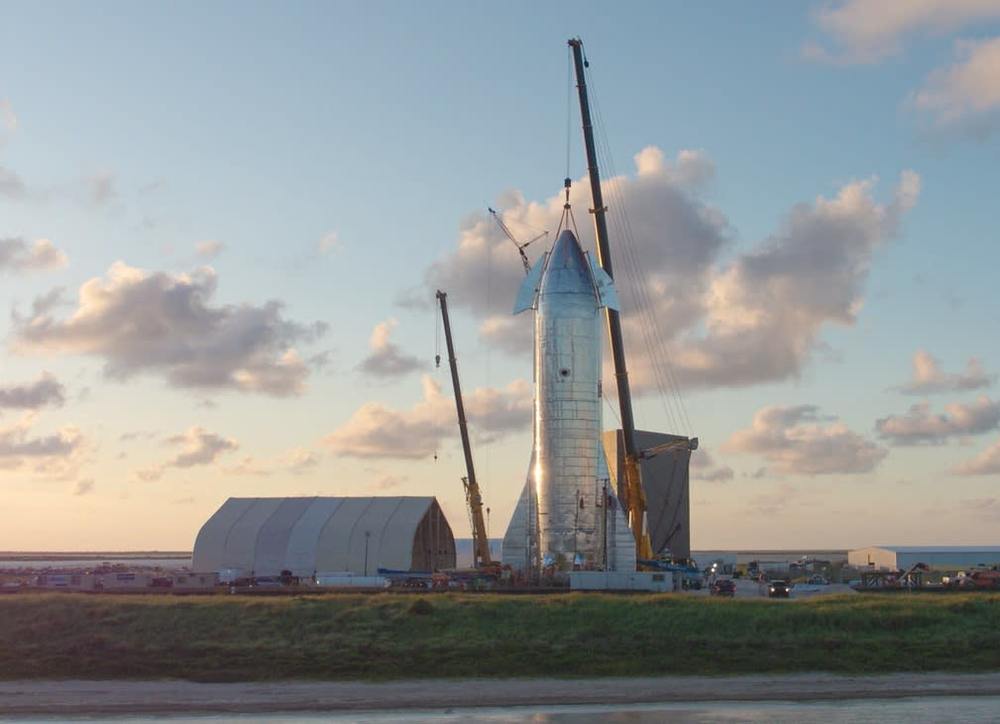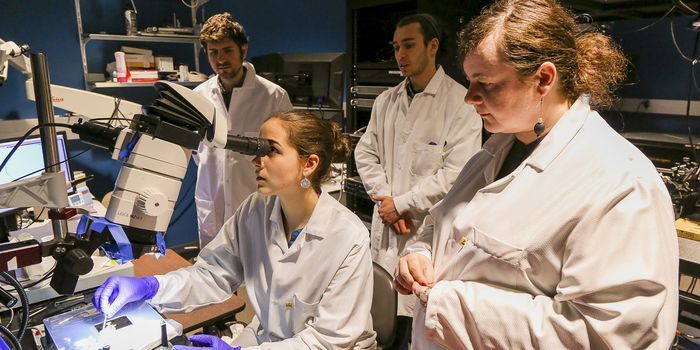An aerial view of the ancient Maya Aguada Fenix site in Mexico’s Tabasco state, with causeways and reservoirs in the front and the Main Plateau in the back, is seen in this image released on June 3, 2020.(Handout via REUTERS/Takeshi Inomata)



For the first time, Italian scientists have been able to identify the genetic and molecular basis of this susceptibility to infection as well as to the possibility of contracting a more severe form of the disease. The research will be presented to the 53rd annual conference of the European Society of Human Genetics, being held entirely on-line due to the Covid-19 pandemic, today [Saturday].

Construction is one of the oldest professions as people have been building shelters and structures for millennia. However the industry has evolved quite a bit in the way they design, plan, and build structures. For decades, technology has been used in the construction industry to make jobs more efficient and construction projects and structures safer.
In recent years, construction companies have increasingly started using AI in a range of ways to make construction more efficient and innovative. From optimizing work schedules to improving workplace safety to keeping a secure watch on construction facilities, https://www.cognilytica.com/2019/06/26/ai-today-podcast-95-a…struction/ href=https://www.cognilytica.com/2019/06/26/ai-today-podcast-95-ai-use-case-series-ai-in-construction/ rel=“nofollow noopener noreferrer” target=_blank title=https://www.cognilytica.com/2019/06/26/ai-today-podcast-95-ai-use-case-series-ai-in-construction/>AI in the construction industry is already proving its value.

Astronomers don’t know exactly when the first stars formed in the Universe because they haven’t been observed yet. And now, new observations from the Hubble Space Telescope suggest the first stars and galaxies may have formed even earlier than previously estimated.
Why? We *still* haven’t seen them, even with the best telescope we’ve got, pushed to its limits.
A group of researchers used Hubble to look back in time (and space) as far as it could see, hoping to study these first generation of stars of the early Universe, which are called Population III stars. Hubble peered and squinted back to when the Universe was just 500 million years old – which is thought to be Hubble’s limit — and found no evidence of these very first stars.

As we head into summer, it’s hard not to think about traveling. Not only it is the traditional season for vacations, but we’ve also been cooped up inside for months and most of us are probably itching to explore something new. Of course, given that we’re in the middle of a global pandemic where travel—especially by plane—isn’t a great idea, planning a trip may be more fantasy than reality these days. Either way, you may be curious about which countries have opened up to tourists. If so, an interactive map put out by the International Airline Transportation Association is a great tool.

NASA/ESA’s Hubble Space Telescope has just captured a striking new image of a globular cluster some 44,000 light-years away from Earth and 13,000 light-years from the heart of the Milky Way. NGC 6441 is a 13-billion-year-old collection of galaxies existing in the southern constellation of Scorpius,…


Light-sheet images of DEEP-Clear processed zebrafish showing proliferative cells (pink) and the nervous system (green). Credit: TU Wien / Max Perutz Labs.
An important observation that helped to develop the new method was that the combination of different chemical treatments had a synergistic effect, allowing for fast depigmentation and tissue clearing. “Shortening chemical processing preserves the integrity of tissues and organisms, so that the molecules and internal structures of interest are more likely to be retained,” explains Marko Pende, the developer of the clearing method, from the lab of Hans-Ulrich Dodt at the TU Wien and the Center for Brain Research (CBR) of the Medical University of Vienna, and one of the first authors of the study. This way multiple organisms could be imaged from different clades ranging from mollusks to bony fish to amphibians. “These are just a few examples. We believe that the method is applicable to multiple organisms. It was just not tried yet”, explains Prof. Hans Ulrich Dodt, senior author of the study.

